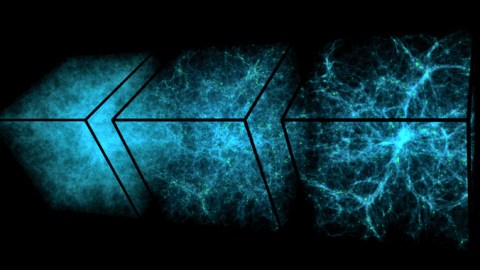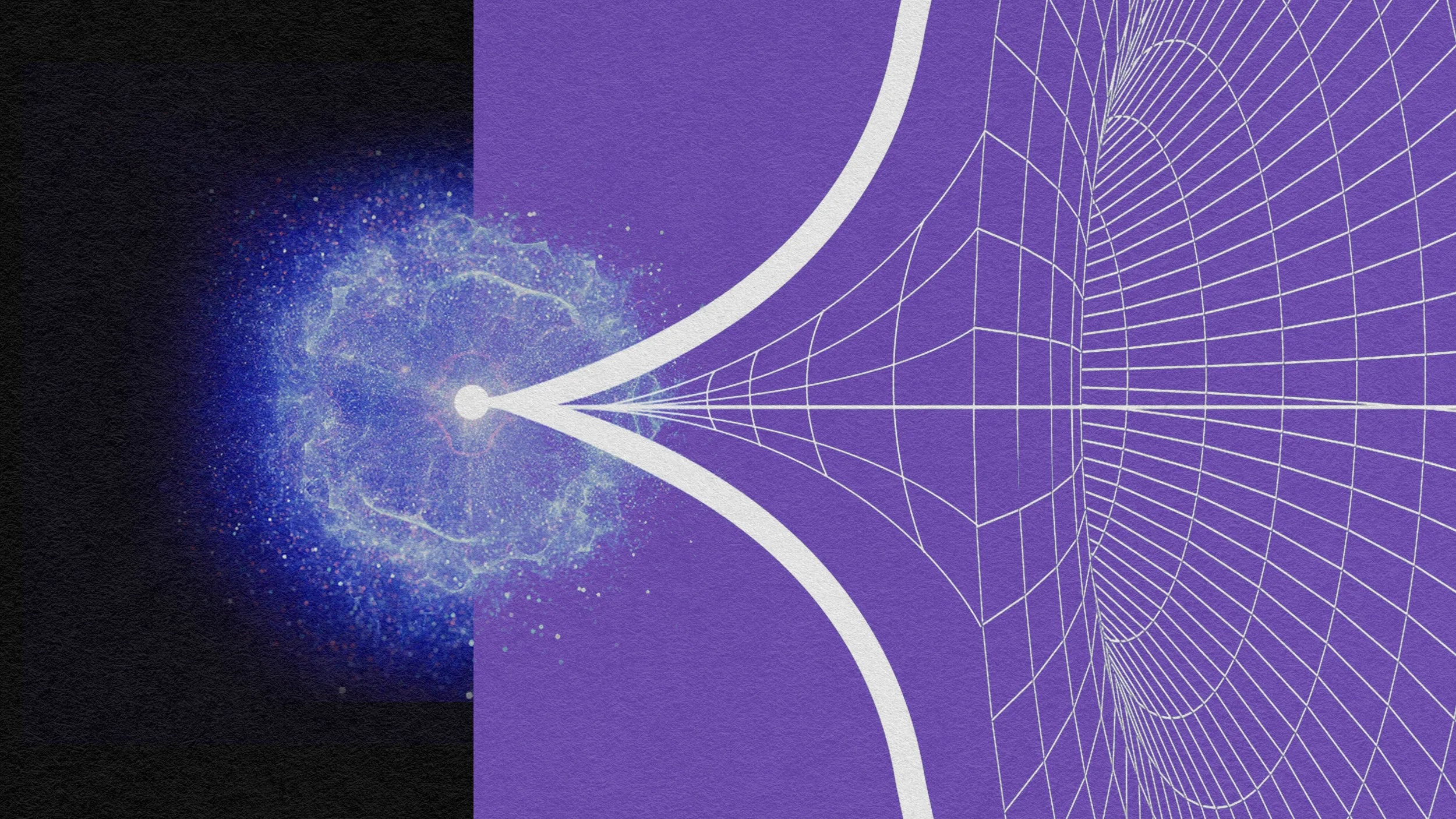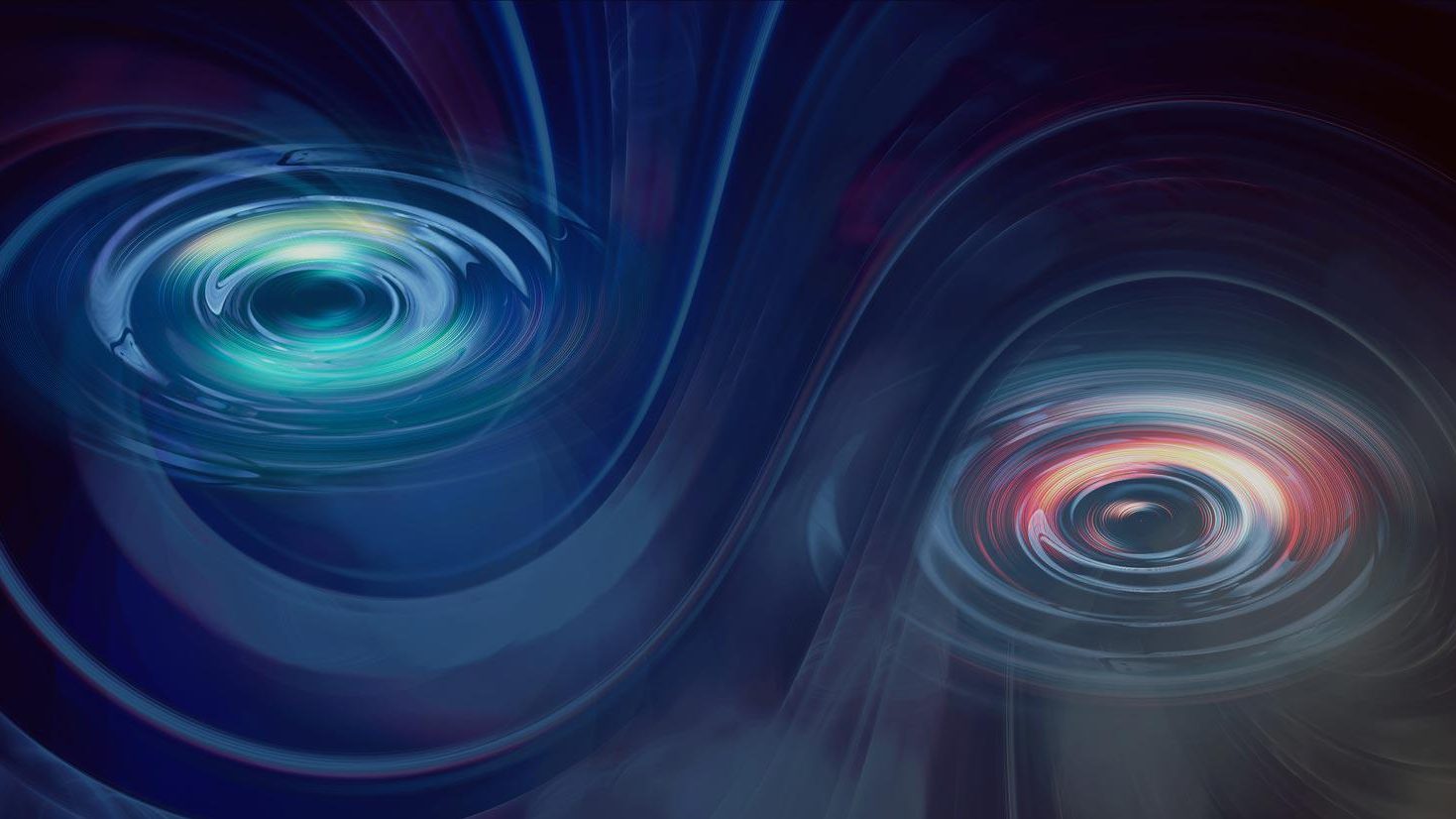Dark energy located in intergalactic voids, predicts new study

Credit: University of Hawaii
- Astronomers predict that dark energy is located in the voids between galaxies.
- Dark energy is thought responsible for the acceleration of our universe.
- The intergalactic voids are known as GEODEs.
Dark energy has been estimated to take up to 68 percent of the known Universe, accelerating its expansion. One problem? No one has definitively found dark energy. Now, a new study from astronomers at the University of Hawaii at Manoa predicts that the location of the mysterious force is in the compact objects found in voids between galaxies called Generic Objects of Dark Energy (GEODEs).
The possible existence of GEODEs was first suggested in the mid-1960s. They would be formed upon the collapse of stellar objects, which would not create black holes but these unusual structures, proposed scientists. While looking almost like black holes to an outside observer, GEODEs would be different in conforming to Einstein’s equations on singularities. They would consist of a spinning layer around a core of dark energy.
The new research looked at how such GEODEs would move through space. The researchers concluded that the movement is affected by the spinning layer around a GEODE. If the layer spins slowly, the GEODE would group faster than black holes, explains the University’s press release. This is due to the unusual fact that GEODEs increase in mass from the universe’s growth. If the GEODE’s outer layer spins close to the speed of light, another effect comes into play and GEODEs would repel each other.
The science team included Kevin Croker, Jack Runburg, and Duncan Farrah from the University of Hawaii.
“The dependence on spin was really quite unexpected,” said Farrah. “If confirmed by observation, it would be an entirely new class of phenomenon.”
What is Dark Energy made of? Quintessence? cosmological constant?www.youtube.com
.
Many of the ancient stars, from the time when the universe was less than 2 percent of its age today, would have formed GEODEs upon their demise. When these GEODEs consumed other stars and interstellar gas, they started to spin rapidly, creating mutual repulsion that pushed them apart from each other into what gradually became empty voids between galaxies.
The scientists think their study can explain where the elusive dark energy resides while staying consistent with what we were able to observe about our universe. The dark energy conundrum would be solved as the number of ancient stars corresponds to the number of ancient GEODEs necessary to make the math work.
Still, research is ongoing and the astronomers look to improve upon their results. Croker stated that “now that we have a clearer understanding of how Einstein’s equations link big and small, we’ve been able to make contact with data from many communities, and a coherent picture is beginning to form.”
Check out their new study published in The Astrophysical Journal.





